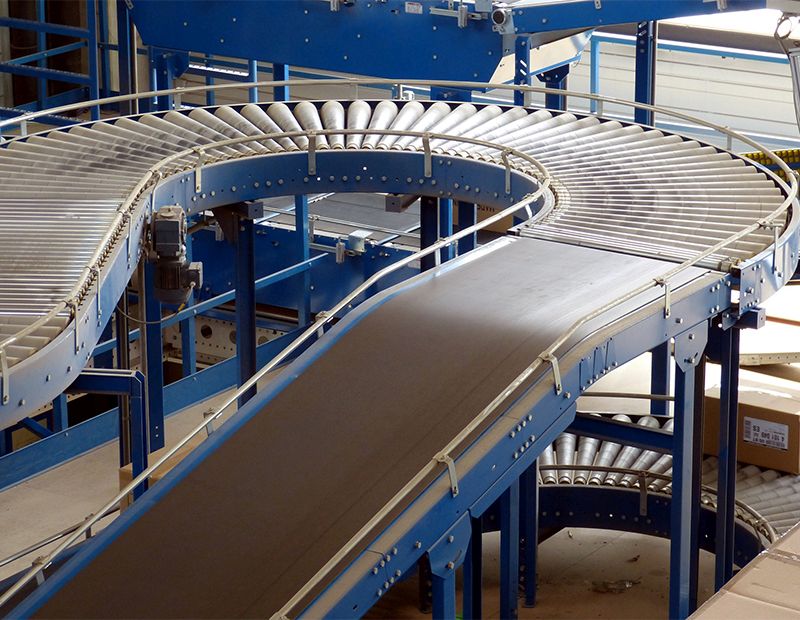To Maximize Investments in Logistics Assets, Know the Terrain
Understanding the four main types of properties in the modern supply chain is essential to maximizing ROI, Prologis contends in a new report.
For all of its recent and rapid changes, the current logistics real estate market still has plenty of room to evolve—and likely will—according to a new report from Prologis.
The market’s evolution will be shaped by ongoing structural supply chain shifts, as these generate demand for specific categories of space, demand that in many cases will face constraints on supply. The long-term financial performance of such real estate will depend, according to Prologis, on a precise understanding of four main categories of logistics properties and any barriers to new supply.
READ ALSO: Prologis, Norges Buy $2B Logistics Portfolio
Broadly, these four types, in order from production to consumption, are Gateway distribution, Multi-market distribution, City distribution and what Prologis calls Last Touch.
Gateway properties are those that can serve several markets within a one-day drive and are near a major port or other intermodal gateway. Multi-market distribution properties are similar but lack the port access.
City distribution assets are located in large urban markets and can provide one- or two-day (or even one-hour) delivery to retailers or to consumers. Last Touch properties are found in the densest parts of the largest metro areas and specialize in delivery directly to consumers.
Logistics properties that outperform the average in coming years, according to Prologis, will be those in the latter two categories (whose locations tend to be inherently supply-constrained) “as well as highly-functional Gateway and Multi-market properties in areas with high barriers to new supply.”
Examining value growth
Based on its own research as well as data from CBRE, Prologis cites a noteworthy trend over the past 20 years, in which the correlation between demand for logistics space (absorption) and supply (completions) fell with every additional step in the supply chain, from 0.71 for Gateway properties to 0.47 for Last Touch.
The geographic, regulatory and financial constraints that impede development of logistics space mean, of course, that properties in supply-constrained locations see a widening gap between in-place and market rents. This gap, the report said, can top 40 percent for Last Touch and high-barrier City properties, versus about 15 to 25 percent for low-barrier City properties and typical Multi-market and Gateway facilities.
Looking more directly at the bottom line over the past two decades, the report states that compound annual total returns for high-barrier Gateway properties was 280 basis points higher than for low-barrier Gateway properties (11.1 percent versus 8.3 percent).
Comparing low-barrier to high-barrier properties across all categories, Prologis concluded that value growth for the latter has been roughly double that of the former, or about the same as Last Touch properties versus the other three categories.








You must be logged in to post a comment.